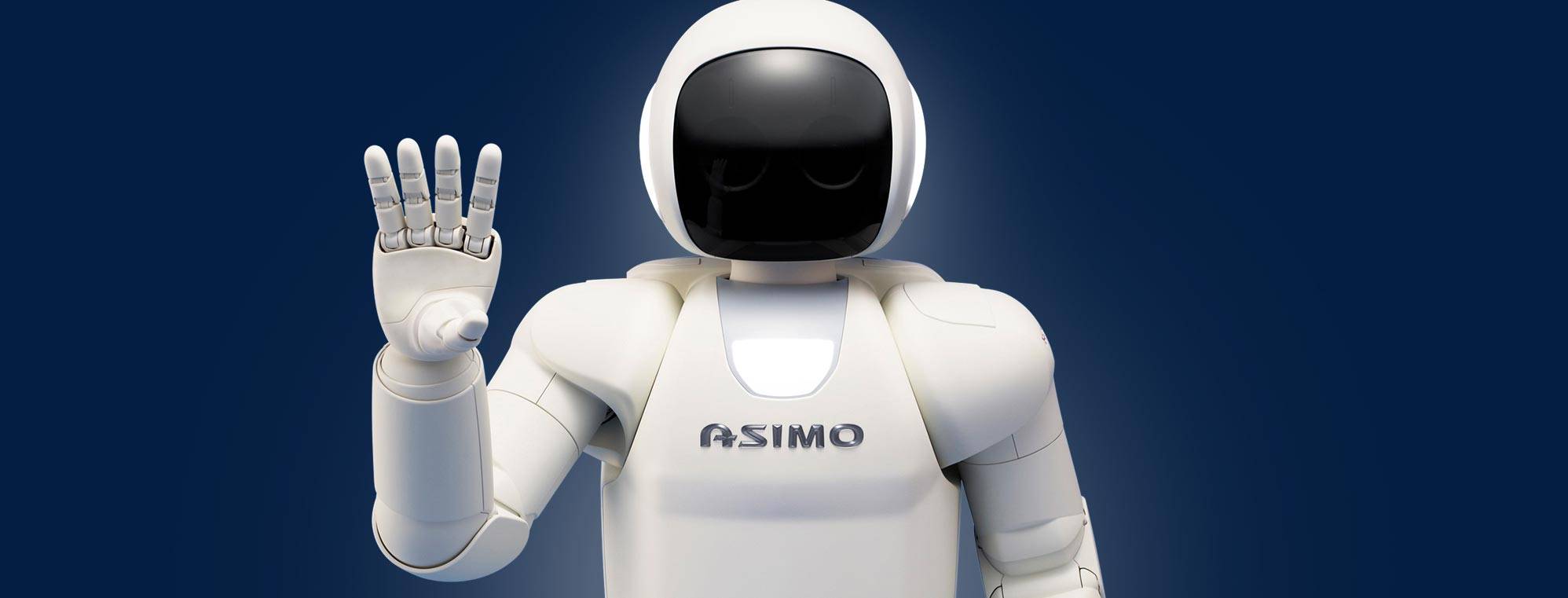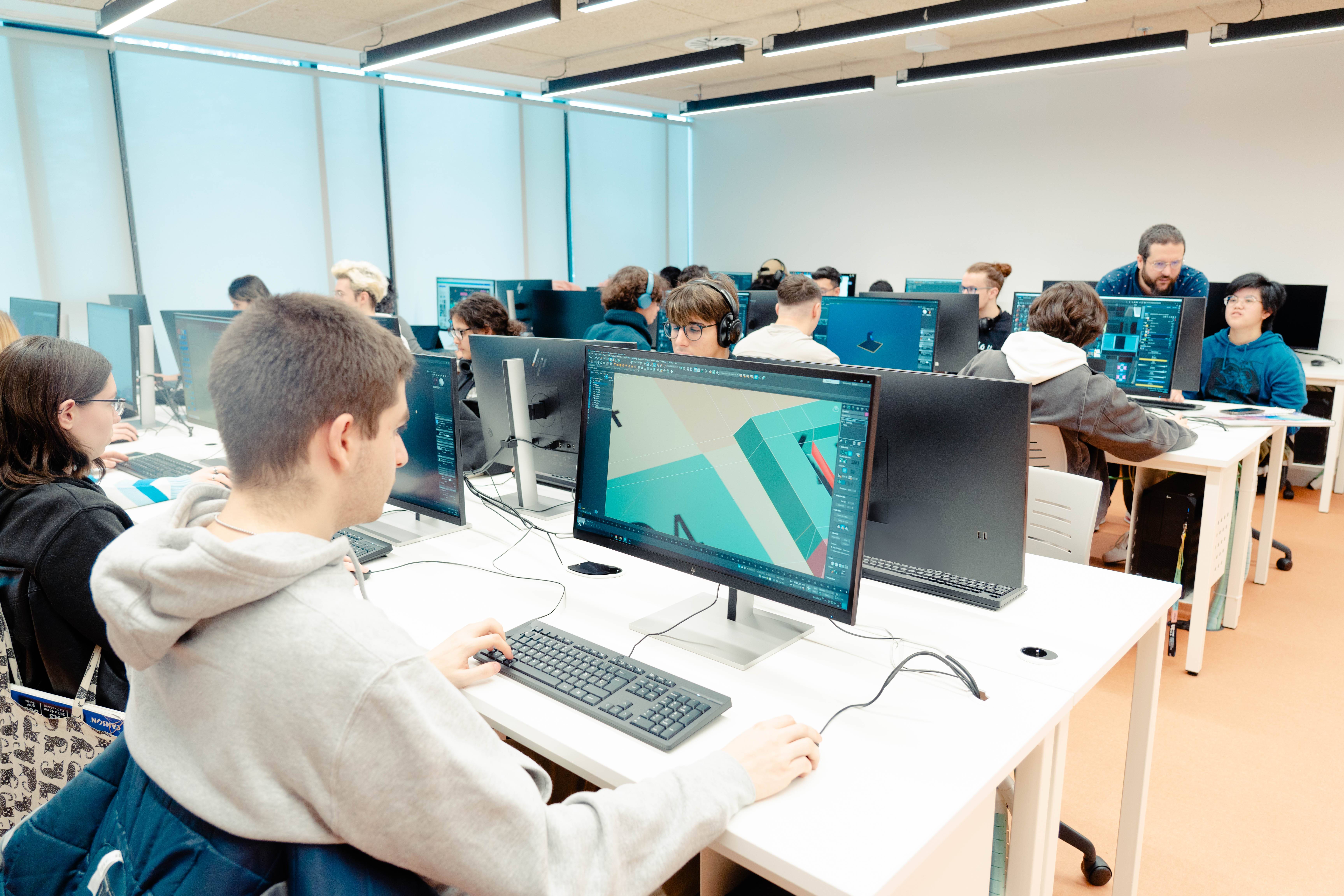What is the difference between human-centred robotics and industrial robotics?
Robotics is transformingdifferent areas of our lives, from the domestic environment to the most complex industrial processes. However, depending on the applications, use and purpose, there are two different categories:human-centred robotics� and industrial robotics. What are the differences between the two?
What is human-centred robotics?
Human-centred robotics refers to robots that are intended to interact closely and safely with humans, providing assistance, support or collaboration in environments such as healthcare, education, homes, transportation and collaborative work environments.
3 examples of consumer robots
Human-centred robots can be companions, personal assistants, social robots or assist in tasks such as rehabilitation or elderly care. To give specific examples, we could refer to:
Robotic hoovers: These devices, such as the popular Roomba, are able to clean floors autonomously, which lightens household chores.
Robotic personal assistants: Such as the Amazon Echo or Google Home, which, although not in a traditional robotic form, work with artificial intelligence to answer questions, control smart devices and make everyday life easier.
Robotic toys: Interactive robots such as Cozmo or Sphero are designed to provide entertainment and, in some cases, teaching basic programming skills to children and adults.
What is industrial robotics?
Industrial robotics, on the other hand, focuses on the automation of processes in industrial environments, such as factories and production lines. Industrial robots are designed to perform repetitive, precise and high-speed tasks. They aim to improve efficiency and quality in manufacturing processes, reducing production times and minimising human error.
4 examples of industrial robots
Industrial robots are machinery and equipment such as:
Robotic arms in factories: Articulated robots used in car factories are a clear example of how industrial robotics automates repetitive tasks, such as assembling parts or welding metal structures.
Collaborative robots or "cobots": These are robots designed to work safely alongside humans in production environments, such as material handling on assembly lines.
Handling and logistics robotics: Robots that are used to move goods within warehouses, such as Amazon's robots that transport products from one point to another to expedite shipments.
Welding and cutting robots: Used in heavy industry to perform high-precision cutting and welding on materials such as steel or aluminium.
Differences between human-centred robotics and industrial robotics
Although both types of robotics share technologies such as artificial intelligence, computer vision or sensor systems, among many others, their approaches and objectives are completely different in terms of purpose, human-robot interaction, design and functionality, safety, autonomy and the technologies they use.
a. Purpose
As mentioned above, we can summarise that the purpose ofhuman-centredrobotics is to improvepeople' s quality of life, for example by automating household tasks or providing entertainment and education. It therefore focuses on applications that are more accessible to the average user. In contrast, industrial robotics has a fully functional focus. It aims to optimise production processes, reduce labour costs, increase production accuracy and minimise errors.
b. Human-robot interaction
Another fundamental difference between the two is the interaction between humans and robots. In the case of industrial robotics, equipment is in controlled environments and isolated from humans, as industrial robots can be dangerous due to their size, speed and strength. The main focus is on automation with minimal human intervention.
In the case of user-centred robotics, robots are sensitive to human environments and needs, adapting to social or personal situations, with friendly interfaces and emotion, voice and gesture recognition capabilities.
c. Design and functionalities
The design and functionality of both is also noteworthy. While industrial robots are large, robust and usually fixed-mounted, human-centred robotics robots tend to be smaller, mobile and designed with an appearance that is not intimidating to humans. Their functionality is geared towards adaptability and interaction, such as facial recognition, natural language communication and the ability to learn from human interaction.
d. Security
Safety is critical, industrial robots work at high speeds and forces so they are usually isolated in separate areas or have safety barriers to protect operators. In human-centred robotics , safety is focused on coexistence with humans, so these robots must be intrinsically safe. This includes limiting force, speed, having human and obstacle detection mechanisms, and being designed to avoid collisions.
e. Autonomy
Industrial robots are usually highly programmed and autonomous within their predefined parameters. Flexibility is limited and their autonomy depends on specific, highly structured tasks. In contrast, inhuman-centred robotics, robots often need greater autonomy, flexibility and real-time decision-making capabilities, as they operate in less structured environments and must adapt to human interactions, which are more unpredictable.
f. Technologies
Industrial robotics mainly uses automatic control technologies, computer vision, precision sensors and manufacturing technologies. In contrast, user-centred robotics uses technologies such as artificial intelligence, machine learning, natural language processing, affective and cognitive robotics, and sensors for environmental and human emotion recognition.









